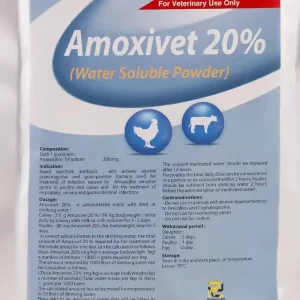Ectoparasiticides for dogs and cats
Winning The Battle Against Pesky Parasites: Safe Ectoparasiticides for Your Furry Friends
Nobody likes the thought of tiny invaders making a home in their pet’s fur. Whether it’s the unnerving crawl of ticks or the itchy menace of fleas, ectoparasites are a concern for every pet owner. But fear not! Armed with the right knowledge and tools, you can protect your four-legged companions from these unwelcome guests. In this guide, we’ll delve into the world of ectoparasiticides for dogs and cats, ensuring you’re well-equipped to keep your pets happy, healthy, and parasite-free.
Introduction
Imagine enjoying a peaceful walk with your dog in the woods or watching your cat frolic in the garden, without the worry of them picking up unwanted hitchhikers. Sounds wonderful, doesn’t it? Ectoparasiticides make this a possibility. These medications are designed to ward off or eliminate parasites such as fleas, ticks, and mites that live on the surface of your pet’s body. Today, we’ll explore everything you need to know about choosing and using these treatments effectively.
Understanding Ectoparasiticides
Before diving into the specifics, it’s important to grasp what ectoparasiticides are and how they work.
Types of Ectoparasiticides
- Topical Treatments: Applied directly to your pet’s skin, usually between the shoulder blades or along the back. These are absorbed into the skin, providing protection that can last from weeks to months.
- Oral Medications: Pills or chewable that are ingested by your pet, circulating in the bloodstream and killing parasites that bite your pet.
- Collars: Impregnated with chemicals that repel or kill parasites. These offer long-term protection but effectiveness can vary.
- Shampoos and Sprays: Provide immediate relief, killing parasites on contact, but often have a shorter duration of action.
